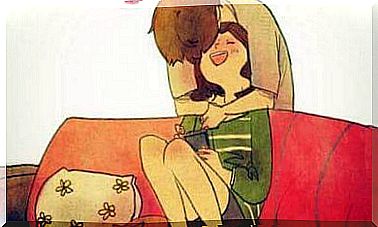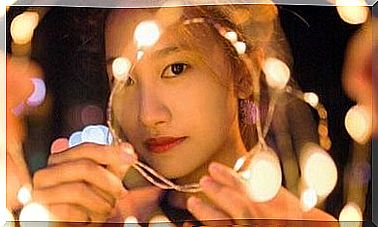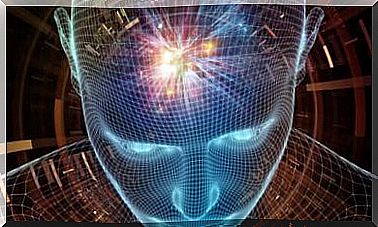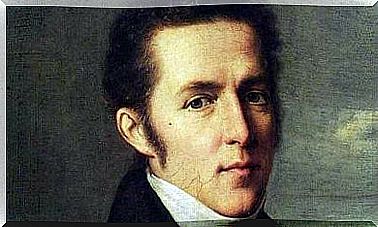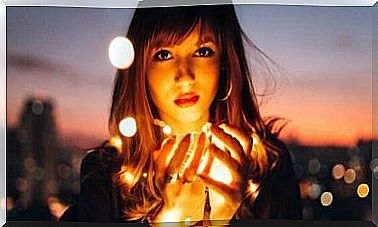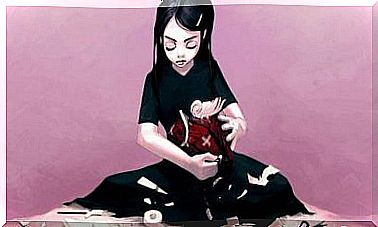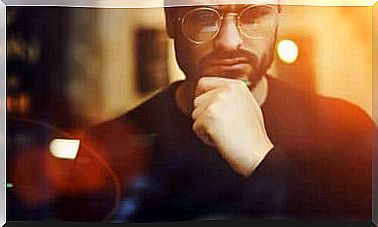Pseudo-hallucinations: Definition And Causes
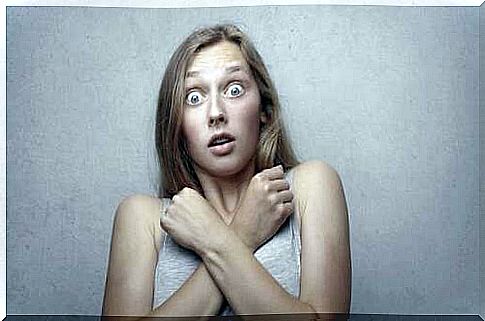
Pseudo-hallucinations are common and mostly non-pathological phenomena that many of us have experienced at times. An example is the classic image that suddenly arises in our mind when we fall asleep and that makes us jump.
The pareidolias, or pareidolytic illusions, which consist in attributing to an object such as a leaf the shape of a face looking at us, are other related subconscious illusions. Beyond the anecdotes and irony, these situations always cause some concern.
They constitute an alteration of reality and a way to get in touch with a strange, unusual and even paradoxical dimension. This is why the scenario in which pseudo-hallucinations are most feared is the world of dreams.
What are pseudo-hallucinations?
Elena works as a cashier in a supermarket and experiences multiple pseudo-hallucinations every day. Whenever the megaphone rings for someone to come to the cashier to serve customers, she thinks she has been called.
This experience does not mean that he has a psychological disorder or auditory hallucinations. It is just the result of daily pressure and stress. Thus, we could define pseudo-hallucinations as mental anomalies or errors in the process of cognitive perception.
Situations in which the mind evokes images or even sounds that do not actually exist. It is important to underline that these are very common experiences and that on average they do not fall within the pathological, as the hallucinations of a patient with schizophrenia do.
Humberto Maturana, a famous Chilean biologist, said that the brain constantly interprets reality to make sense of everything. Sometimes it is normal to make mistakes in processing stimuli and situations.
This leads us to experience different types of pseudo-hallucinations throughout our lives . Although they baffle us, many are absolutely normal.
What errors of perception can the brain make?
We talked about pareidolias, very common pseudo-hallucinations. It is quite common to attribute a human face to a stone; looking at the craters on the moon and believing you are seeing a face is another quite recurring phenomenon. Science has studied pareidolias and offers us a simple explanation for it.
A study conducted at the University of Sydney (Australia) states that animals also experience pseudo-hallucinations. For example, rhesus monkeys suffer from pareidolia like us. This effect is nothing more than the brain’s natural tendency to look for “faces” wherever we look.
This is because the mind recognizes a face before an inanimate object and sometimes errors of perception appear in humans and primates. However, it is also common to suffer from other types of pseudo-hallucinations. We describe them in the following lines.
The phenomenon of consecutive images
Imagine looking at a book full of bird photos. We turn the pages one after the other and suddenly the cell phone rings.
When we catch it, we think we suddenly see a bird pass in front of us. Is it really there? Of course not, it’s just a false perception and a mistake of our brain.
The experience of parasitic images
The experience of parasitic images arises as a result of physical and mental exhaustion. Let’s imagine we have been at the airport all day waiting for our delayed flight.
In a second, when we go to bed and close our eyes to sleep, suddenly the image of the airport could come to mind.
Pseudo-hallucinations: mnemonic images
Talking about mnemonic images means talking about the way the brain constructs memories. In this case, it completely transforms the image of a memory – for example, a date with a specific person a year ago – and we don’t know if what we remember was really like that or was distorted by our mind.
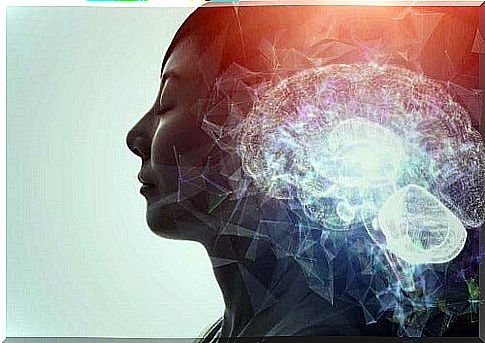
The hypnagogic perceptions
One of the most common types of pseudo-hallucinations are hypnagogic ones. These are very vivid perceptual experiences that appear between wakefulness and sleep. These phenomena can interrupt rest and make us wake up suddenly when we perceive a visual, tactile and auditory phenomenon of great impact.
The most complex aspect of this experience is that it usually appears in dysomnia such as sleep paralysis. The person perceives this hallucination and is unable to react, experiencing it as something very disturbing.
Conclusions on pseudo-hallucinations
These realities are nothing more than experiences that most of us have lived and to which we do not know how to give an explanation.
Either way, pseudo-hallucinations are a further demonstration of the complexity of the human brain and those small errors of perception that we can experience from time to time.
